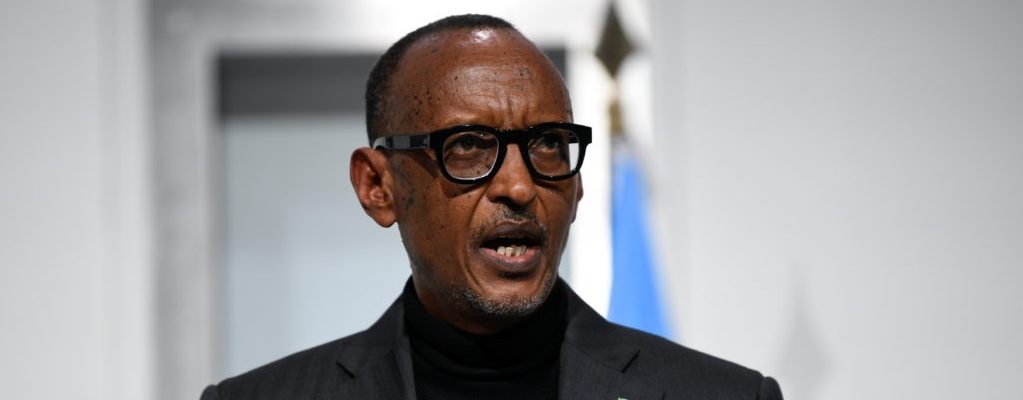
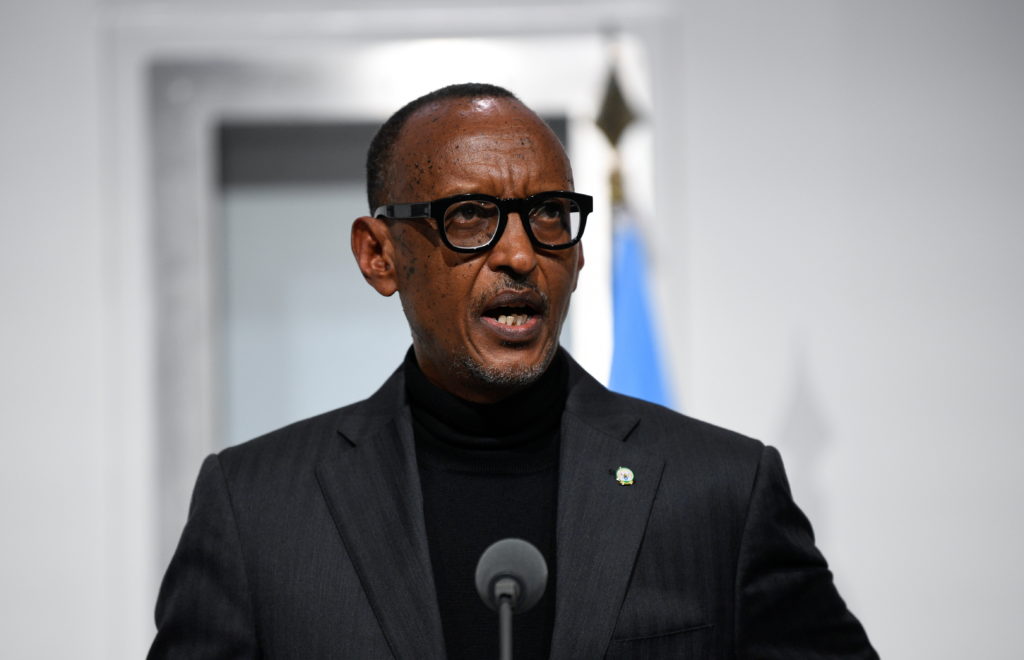
President of the Republic of Rwanda, Paul Kagame, makes his first state visit to Jamaica this week between Wednesday and Friday, April 13 and 15, 2022.
Kagame leads one of the most resilient and prosperous economies in the world, with many hailing Rwanda as ‘Africa’s future Singapore’.
Rwanda easily stands as a noteworthy example of an East African country shaking off its abusive, colonial past before then overcoming ethnic in-fighting to the explosive economic growth that it now enjoys.
According to the republic’s official government website, the hallmarks of the President Kagame-led administration are “peace and reconciliation, women’s empowerment, promotion of investment and entrepreneurship, and access to information technology—a cause he also champions as co-chair of the Broadband Commission for Sustainable Development”.
As he approaches 30 years as leader, and on the eve of his historic visit to Jamaica, Our Today presents a profile on President Paul Kagame, the man behind much of the 180-degree change in Rwanda:
Paul Kagame was born to a Tutsi father and a mother with royal Rwandan ancestry on October 23, 1957. Kagame was the youngest of six children born out of the union in Tambwe, Ruanda-Urundi.
A two-year-old Kagame and his siblings were effectively exiled from their home country, as the Belgium-governed colony was undergoing major political upheaval. Activists, aligned with the majority Hutu ethnic group, contested the status quo and began systematically killing the minority Tutsis, worsening tensions that snowballed into the 1959 Rwandan Revolution.

His formative years were first spent in northern Rwanda before the family later relocated to neighbouring Uganda, where a young Kagame completed most of his primary and secondary learning.
Kagame’s first return to Rwanda was in 1977 and 1978, in his early 20s, which had to be done in near secrecy due to his Tutsi lineage and the open persecution of the minority group by the Hutus.
In 1978, Kagame met with military officer Fred Rwigyema, founder of the Rwandan Patriotic Front (RPF), for the first time since 1962.
Rwigyema had enlisted as an ally of future Ugandan president Yoweri Museveni, who sought to first overthrow murderous dictator Idi Amin and then democratically elected Milton Obote.
Museveni, with both Rwigyema and Kagame at his side, succeeded in winning the Ugandan Bush War but the Popular Resistance Army (PRA) he formed was still fighting Uganda’s national forces well after Obote was deposed in a coup.
Beginning in 1990, as commander of the forces of the Rwandan Patriotic Front (RPF), Kagame led the struggle to liberate his home country from its current Hutu leader Juvénal Habyarimana.
Amid the sudden death of Rwigyema and for the future of Rwanda, conflicts between Kagame, Habyarimana and the president’s Hutu successors sparked a bitter civil war.
Habyarimana’s unsolved assassination ignited a genocide by extremists from the majority Hutus, against Tutsis and ‘traitor’ Hutus who had either previously opposed the government or supported the Arusha peace accords—signed in August 1993. Within 100 days, somewhere between 800,000 and one million Rwandans were massacred.

The RPF halted the genocide against the Tutsi in 1994 after taking the capital Kigali, but the event had greatly traumatised the remaining 60 per cent of the population; made all the worse considering Rwanda’s political elite liquidated national assets and fled the East African country.
Much has changed for Rwanda since the genocide, resulting Hutu refugee crisis, Congo wars and conflicts with Hutu extremist militia on its border.
Kagame was instrumental in drafting a new Rwandan Constitution, and getting citizens to pass the new laws in a widely participated May 2003 referendum.
Since ascending to the presidency in 2000, Kagame has faced three presidential elections, and on each occasion, he was re-elected in a landslide, winning more than 90 per cent of the vote.
Among Kagame’s presidential achievements are:
- Vision 2020
Launched in the late 1990s, Kagame began actively planning methods to achieve national development for Rwanda as a way out of the fallout of the genocide. Dubbed ‘Vision 2020’, the ambitious programme set out to unite the Rwandan people and transform the country from a highly impoverished into a middle-income one.
A 2012 independent review of the Vision 2020 strategy, carried out by academics based in Belgium, rated progress as “quite encouraging”, mentioning development in the Rwandan education and health sectors, as well as Kagame’s fostering of a favourable business environment.
- Economy and education
Rwanda’s economy has grown rapidly under Kagame’s presidency, with the per-capita gross domestic product estimated at US$2,214 in 2020, compared with US$631 in 2000.

Annual growth between 2000 and 2020 has averaged seven per cent per year, with an economic policy based on liberalising the economy, reducing red tape for businesses, and transforming Rwanda from an agricultural to a knowledge-based economy.
President Kagame has also made education for youth in Rwanda a high priority for his administration, allocating 17 per cent of the annual budget to the sector.
As the Rwandan government provides free education in state-run schools for twelve years, the country’s literacy rate was recorded at 71 per cent in 2009—up from 38 per cent in 1978, and 58 per cent in 1991.
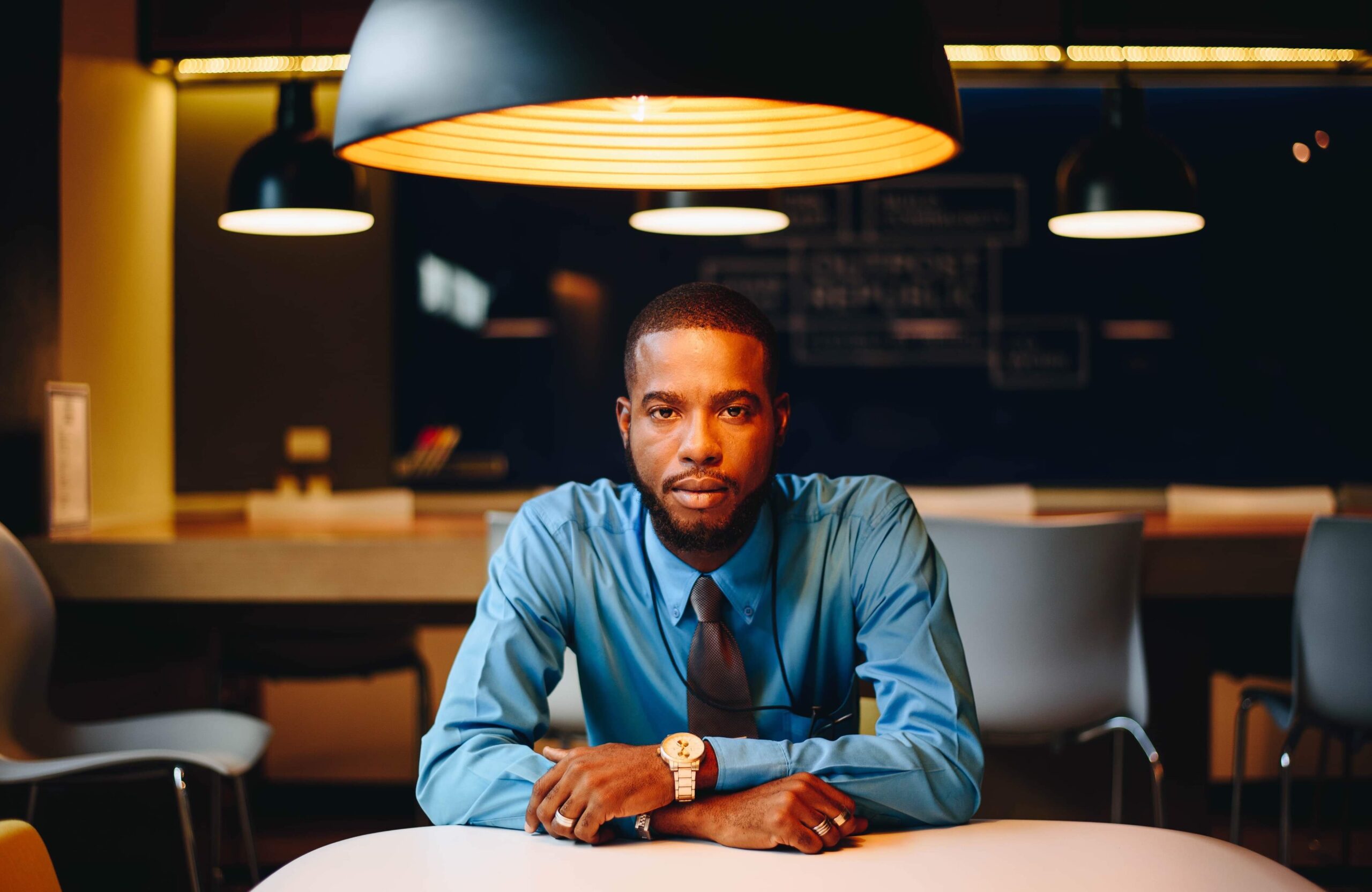

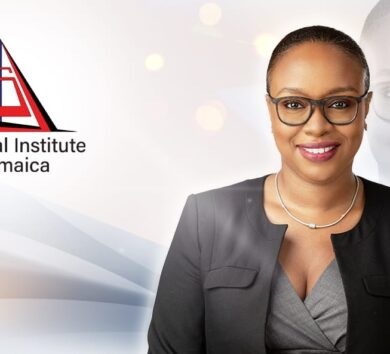
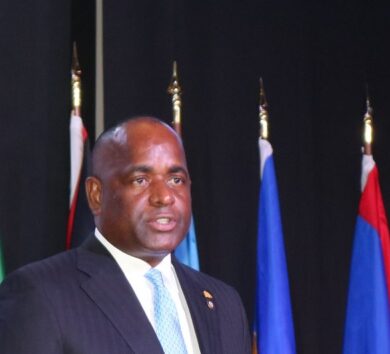

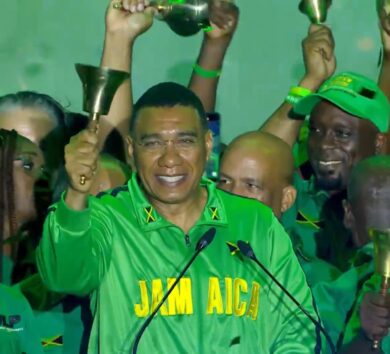
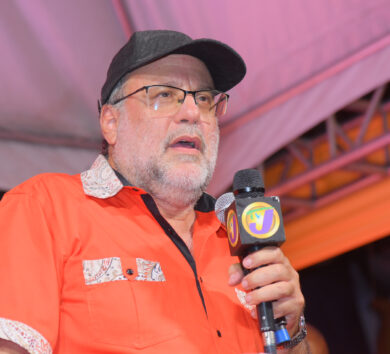
Comments